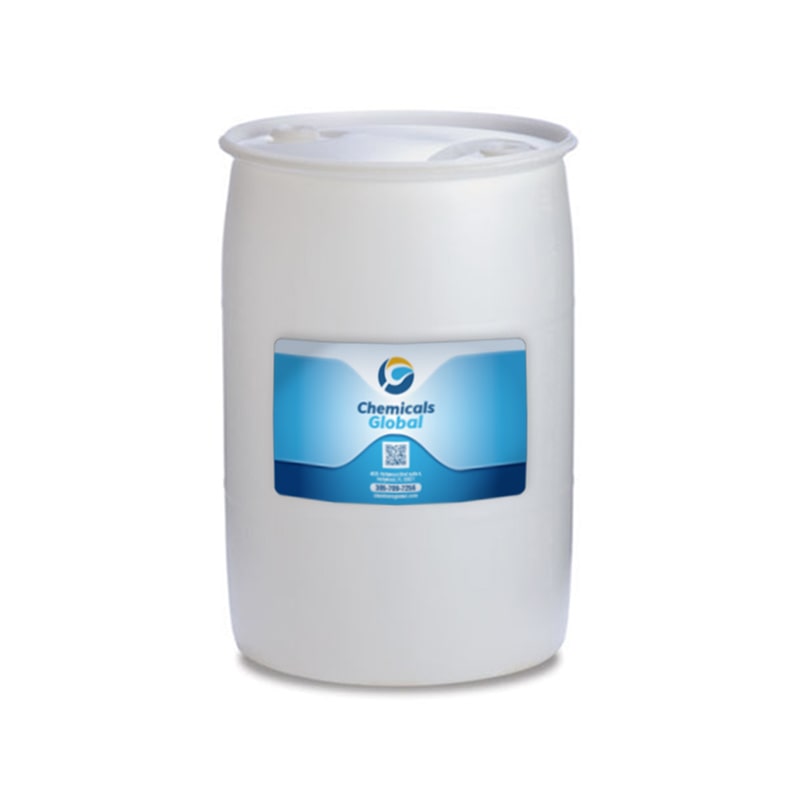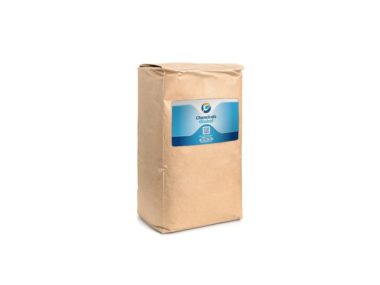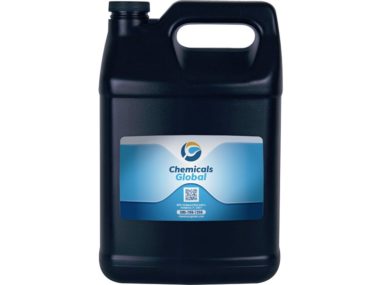Applications
Pure glycerine, or glycerol, has a extensive range of functions in the food, pharmaceutical, clinical and non-public care industries, as well as a range of industrial and scientific uses.
In ingredients and beverages, glycerol serves as a humectant, solvent, and synthetic sweetener. It is also used as filler in commercially prepared low-fat foods, and as a thickening agent in liqueurs.
Glycerol is used in medical, pharmaceutical and non-public care preparations mostly as a skill of enhancing smoothness, supplyinglubrication, and as a humectant. It is determined in allergen immunotherapies, cough syrups, elixirs and expectorants, toothpaste, mouthwashes, pores and skin care products, shaving cream, hair care products, glycerin soaps and water-based non-public lubricants. Nitroglycerin is the most not unusual therapy for chronic angina, the chest pain of coronary heart disease.
Topical pure or nearly pure glycerol is an nice therapy for psoriasis, burns, bites, cuts, rashes, bedsores, and calluses. It can be used orally to do away with halitosis, as it is a contact bacterial desiccant. The identical property makes it very helpful with periodontal disease; it penetrates biofilm shortlyand eliminates bacterial colonies.
In surface science, glycerol is shown to reduce the coefficient of friction of polymer-coated surfaces by using various orders of magnitude. It is alsoused as an alcohol-free choice to ethanol as a solvent in preparing herbalextractions.
Glycerol is used to produce nitroglycerin, or glyceryl tinitrate which is an indispensable ingredient of smokeless gunpowder and a number ofexplosives such as dynamite, gelignite, and propellants like cordite.





